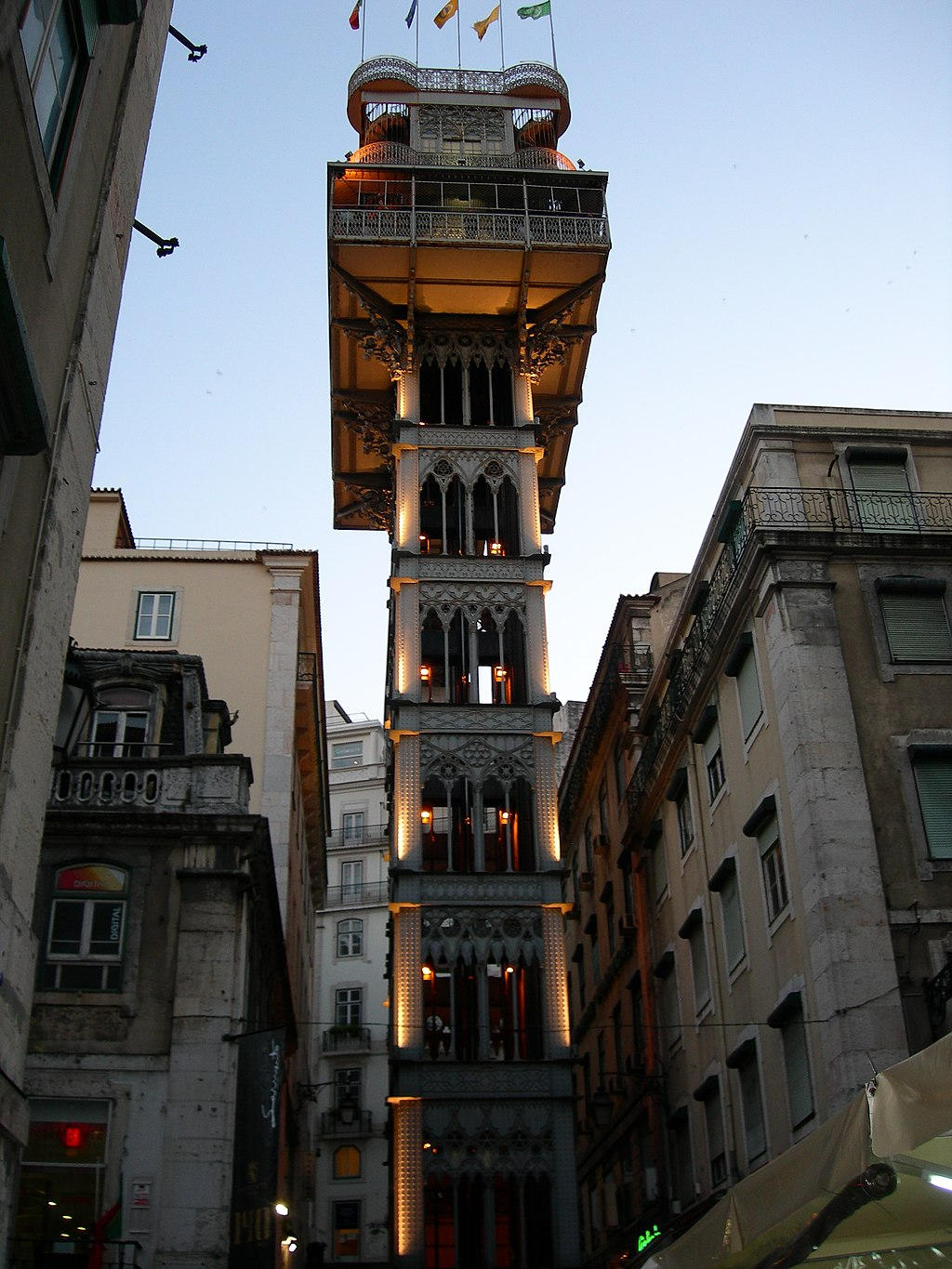In 1882, Raoul Mesnier du Ponsard, founder of the Companhia dos Ascensores Mecânicos de Lisboa, sought permission from the city council to explore alternative plans for a mechanical transport system. He was granted a license, and in 1899, the Empresa do Elevador do Carmo was established to secure the permanent concession of the elevator project.
Lisbon.vip Recommends
The operating concession of the Santa Justa Lift was transferred to Lisbon Electric Tramway Ltd. in 1905. In 1943, the elevator was integrated into the transport network of Companhia da Carris. It became a part of Lisbon's historical tram network in 1973.
In 2002, the Santa Justa Lift celebrated its centenary and was classified as a National Monument, along with the Lavra, Glória, and Bica cable railways. After remodeling and renovation, the elevator walkway was reopened in 2006, allowing the general public and tourists to once again experience this historic landmark.
Today, the Santa Justa Lift stands as an architectural gem and a testament to the engineering achievements of its time. It attracts numerous visitors who appreciate its unique design, panoramic views of Lisbon, and its important role in the city's history. The lift continues to be an iconic symbol of Lisbon, showcasing the blend of history, innovation, and beauty that defines the city's architectural landscape.






